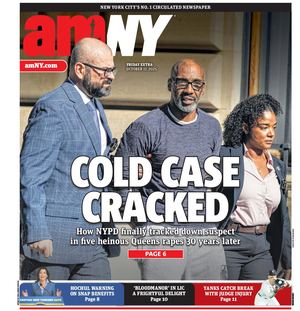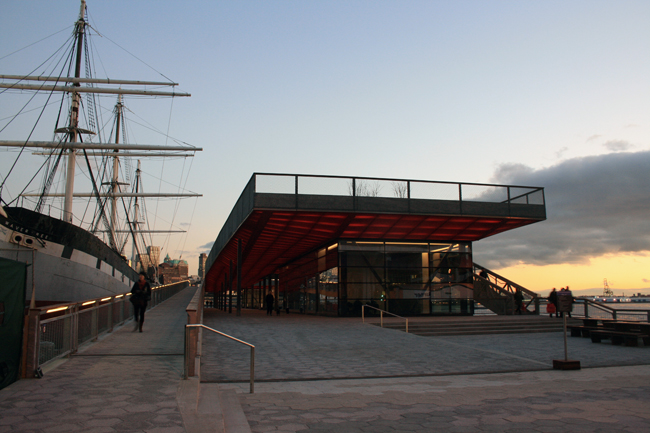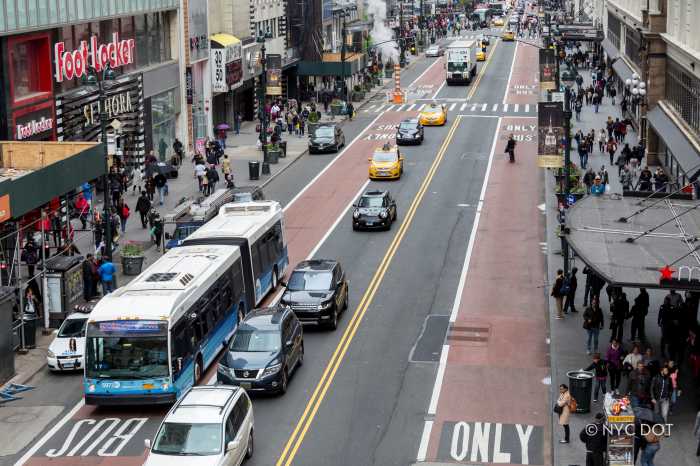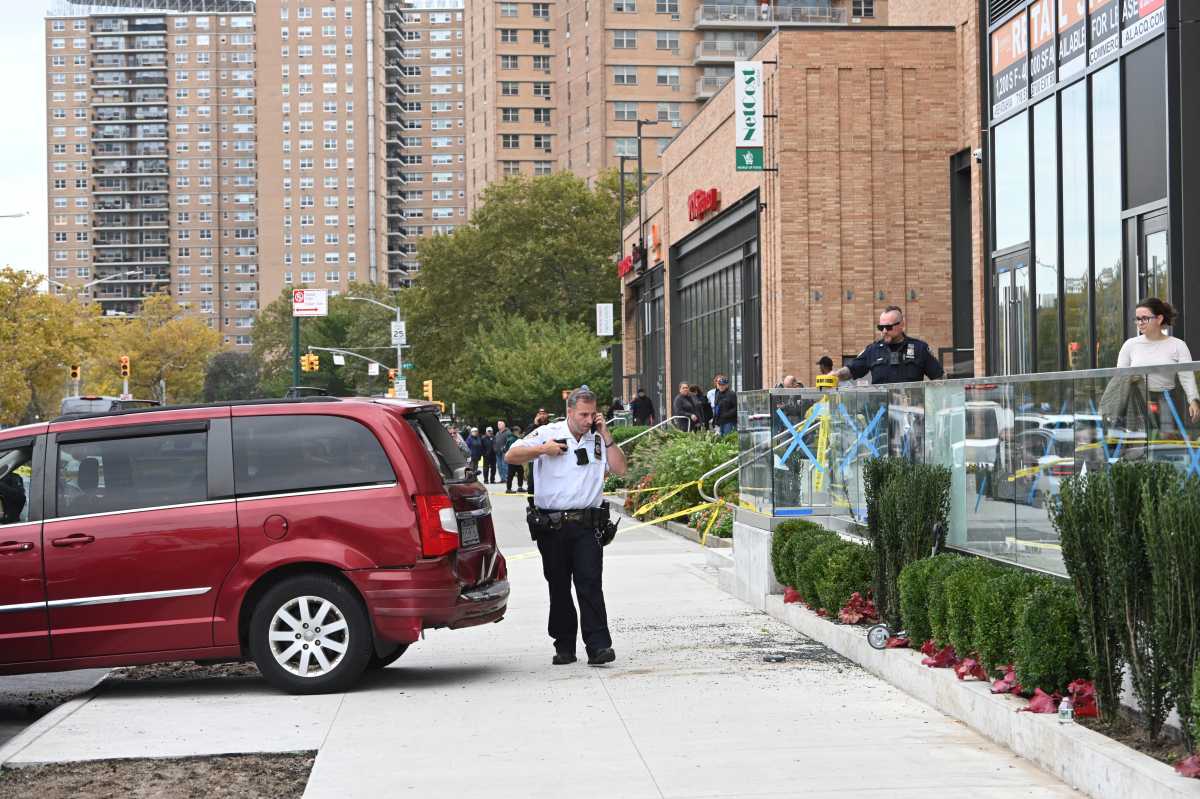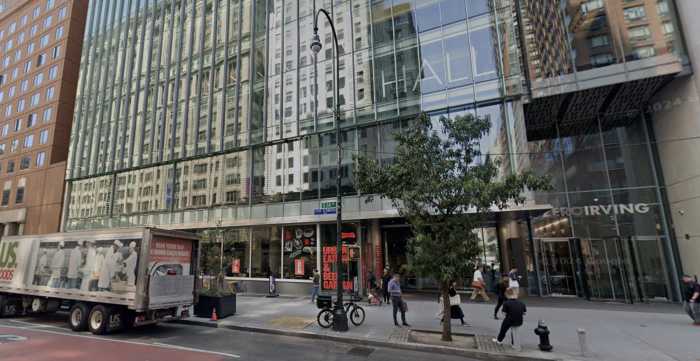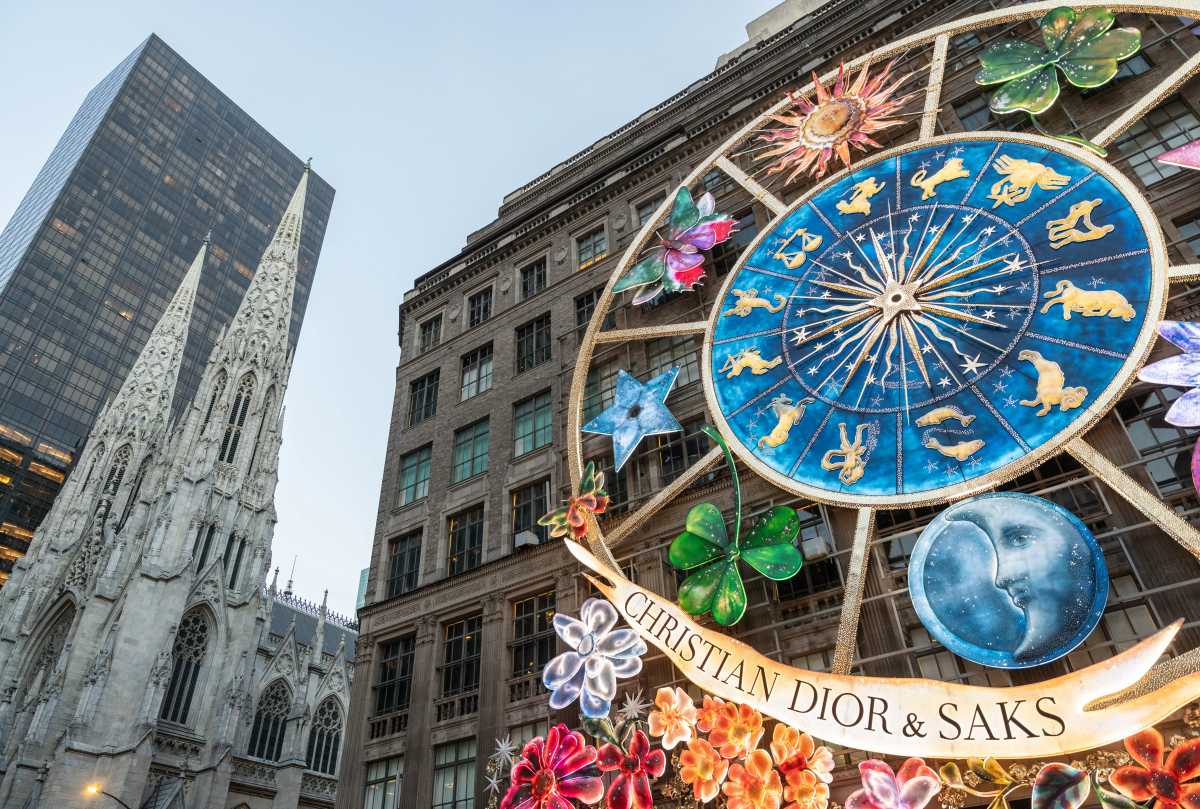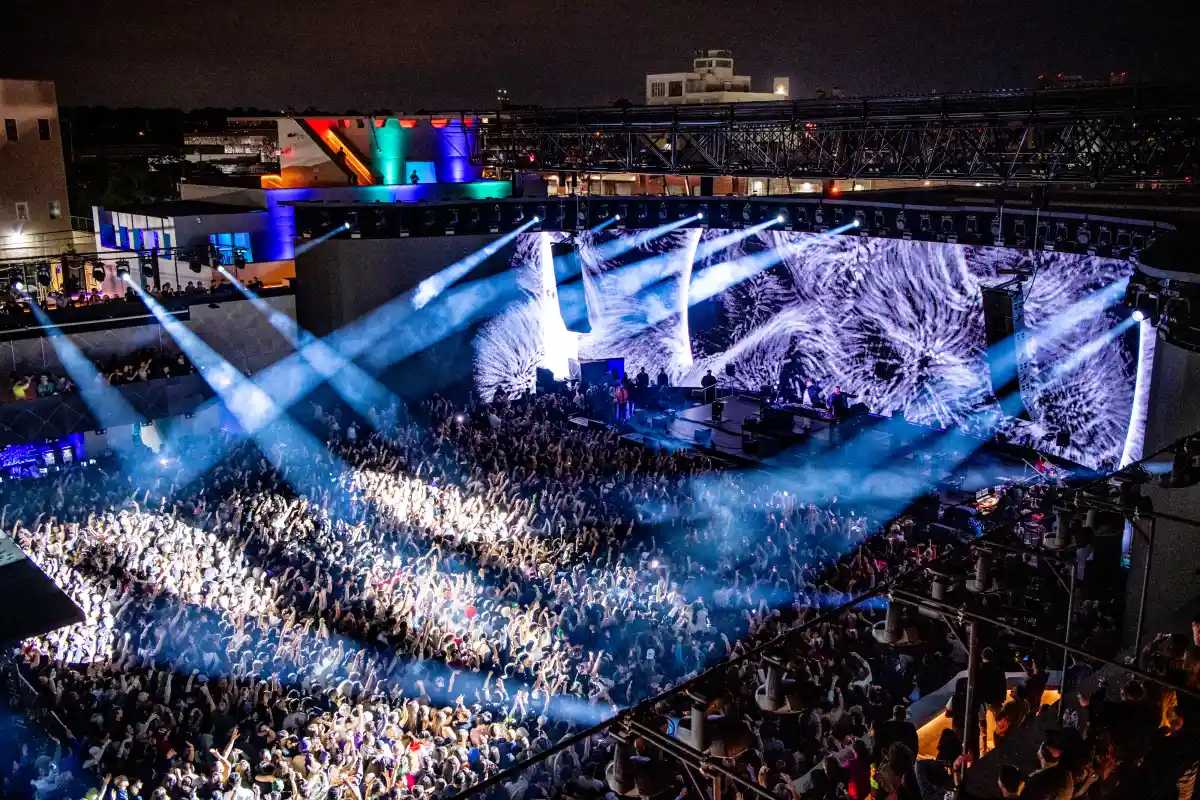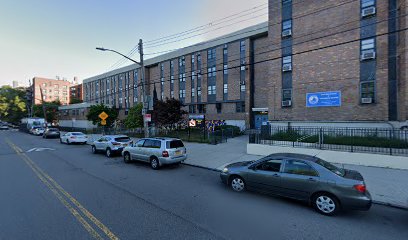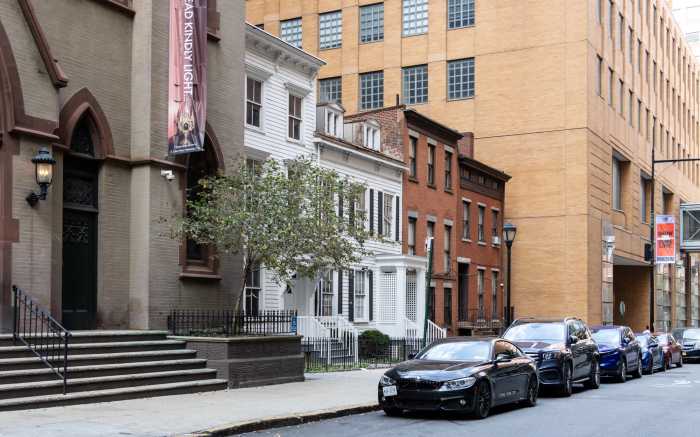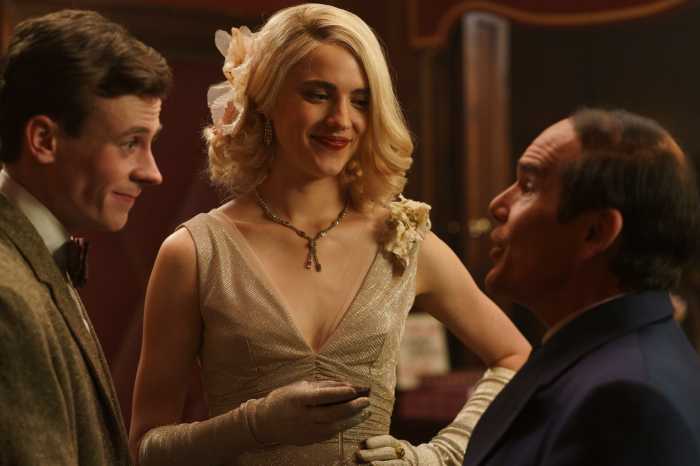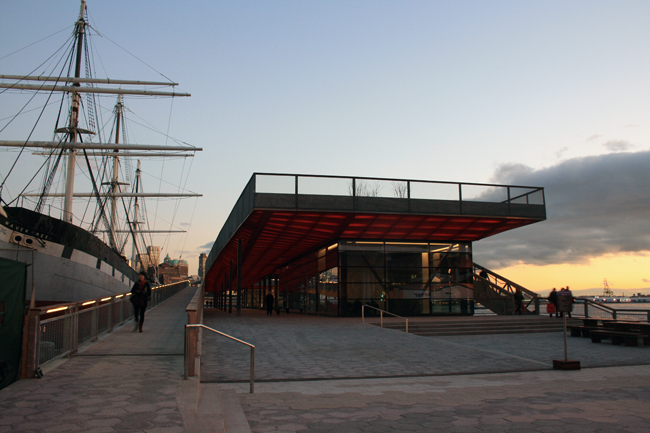
BY ALINE REYNOLDS | Perched at the shore of the South Street Seaport is a futuresque building with a rich, red hue adjoining an elevated pattio that juts out above the water and offers a panorama of New York Harbor and the Brooklyn Bridge.
The eye-catching, 50,000-square-foot structure is the new Pier 15, which, after nearly a year of construction, is finally open to the public. The pier, located at the end of John Street, extends 500 feet out into the East River and is part of the city’s large-scale makeover of the two-mile East River esplanade, scheduled for completion in 2013, and that will extend from the Battery Maritime Building to a couple of blocks north of the Manhattan Bridge. The first portion of the esplande project opened along the water between Wall Street and Maiden Lane last July. The esplanade is part of the city Economic Development Corporation’s East River Waterfront project, which seeks to create a continuous “greenway” from 125th Street all the way down to the Battery.
The new pier’s two-level exterior is now open to the public every day from 6 a.m. until dusk. My mid-2012, its two indoor glass pavilions, now empty, will house an eaterie and space maritime programming and art exhibits. The pier’s docking space will eventually be a transient home for public and charter vessels.
Pier 15’s design “is unapologetically urban, in keeping with the esplanade,” said Cathy Jones, project manager of ShoP Architects, the mastermind behind the pier’s cutting-edge design. “We’re trying to bring people close to the water and appreciate the waterfront, which has been neglected for so long. This is just part of generating that kind of excitement.”
As dusk swept over the city on a recent weekday afternoon, a handful of tourists and Downtown residents strolled along the pier’s second-floor deck, seemingly transfixed by the serenity and futuristic architecture. The passersby walked alongside perfectly manicured patches of lawn and a well-lit strand of modernistic seats as they marveled at the Seaport’s historic vessels docked nearby.
“When I was young, I always dreamed of seeing the concrete jungle. This is what I imagined it would be,” said Nik Fariz, who was visiting from Seattle, Washington.
Fariz and her friend, 20-year-old Michigan University student Anita Subri, had just come from Wall Street and were headed to the Brooklyn Bridge.
“I was thinking of crossing the bridge, but I think this view described the whole thing,” said Subri, admiring the grey, curvy seats.
“The seats [are shaped like] a number eight, or a kidney,” she mused.
“It’s much more peaceful and aesthetically achieved than the nearby piers,” said South Street Seaport resident Phillipe, as he gazed toward the towering masts of the Wavertree and the Peking ships.
“The grass, I think, is a wonderful addition,” he added. “I’ll probably come here often with my kids.”
While the pier is meant to be aesthetically pleasing, it was also built with practicality in mind, said Jones. “We’re not trying to make a jewel,” she said. “It’s a public park, so the materials have to be gritty and be able to take that kind of longevitiy.”
As the sun set in the distance and the light faded, security officer Eric Purdie, who mans Piers 11 and 15 every half hour, walked Pier 15’s deck to notify visitors that it was closing time. Purdie’s principal job, however, is to ensure that pier visitors are adhering to the pier’s rules: No smoking, no drinking, no loud music, no bikes, no skateboards, no rollerblading, and no dogs, among others.
“One, a skateboarder can actually hit somebody [and] they may fall over,” mentioned Purdie. “Two, a skateboarder could try to do a trick and hurt themselves.”
The pier’s wooden benches have been lined with metal fragments to deter skateboarders.
